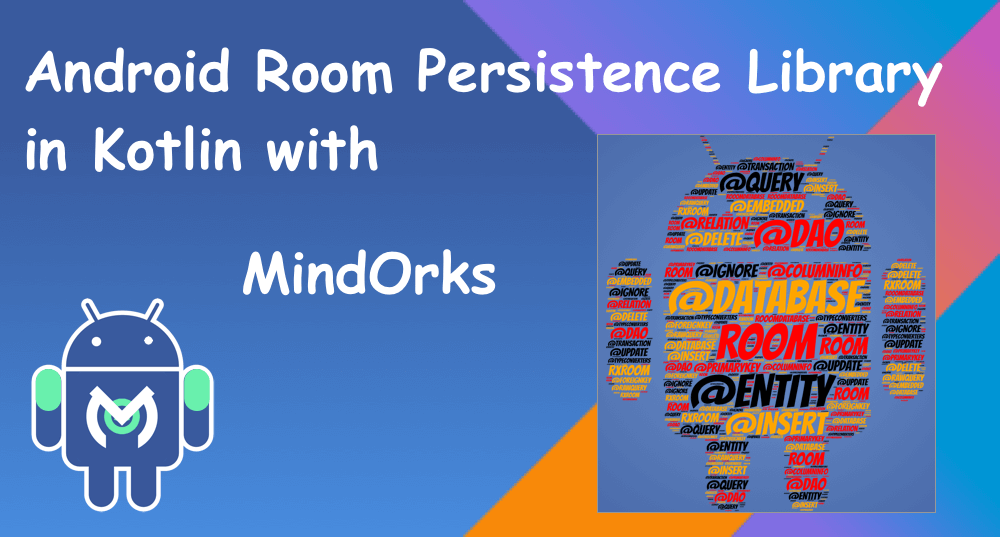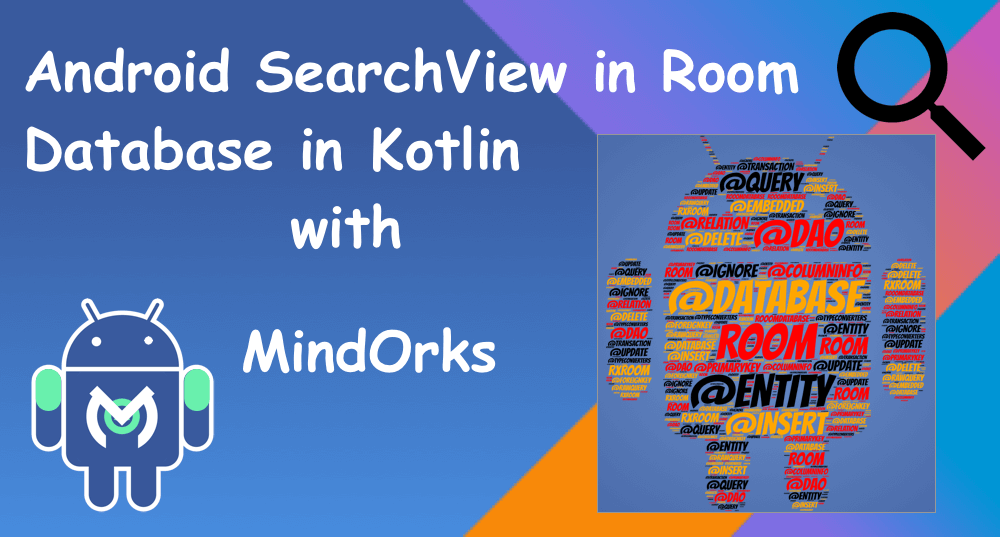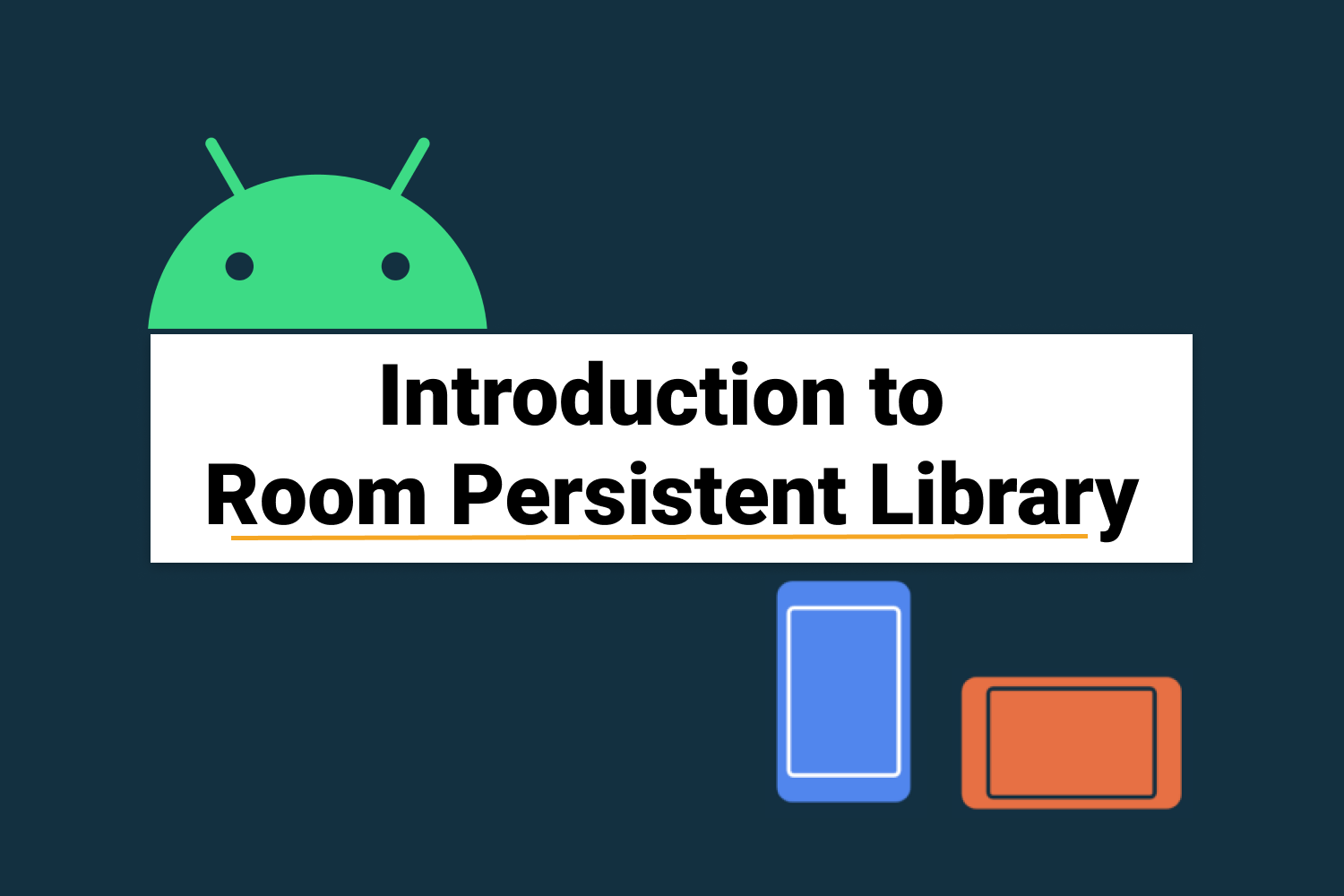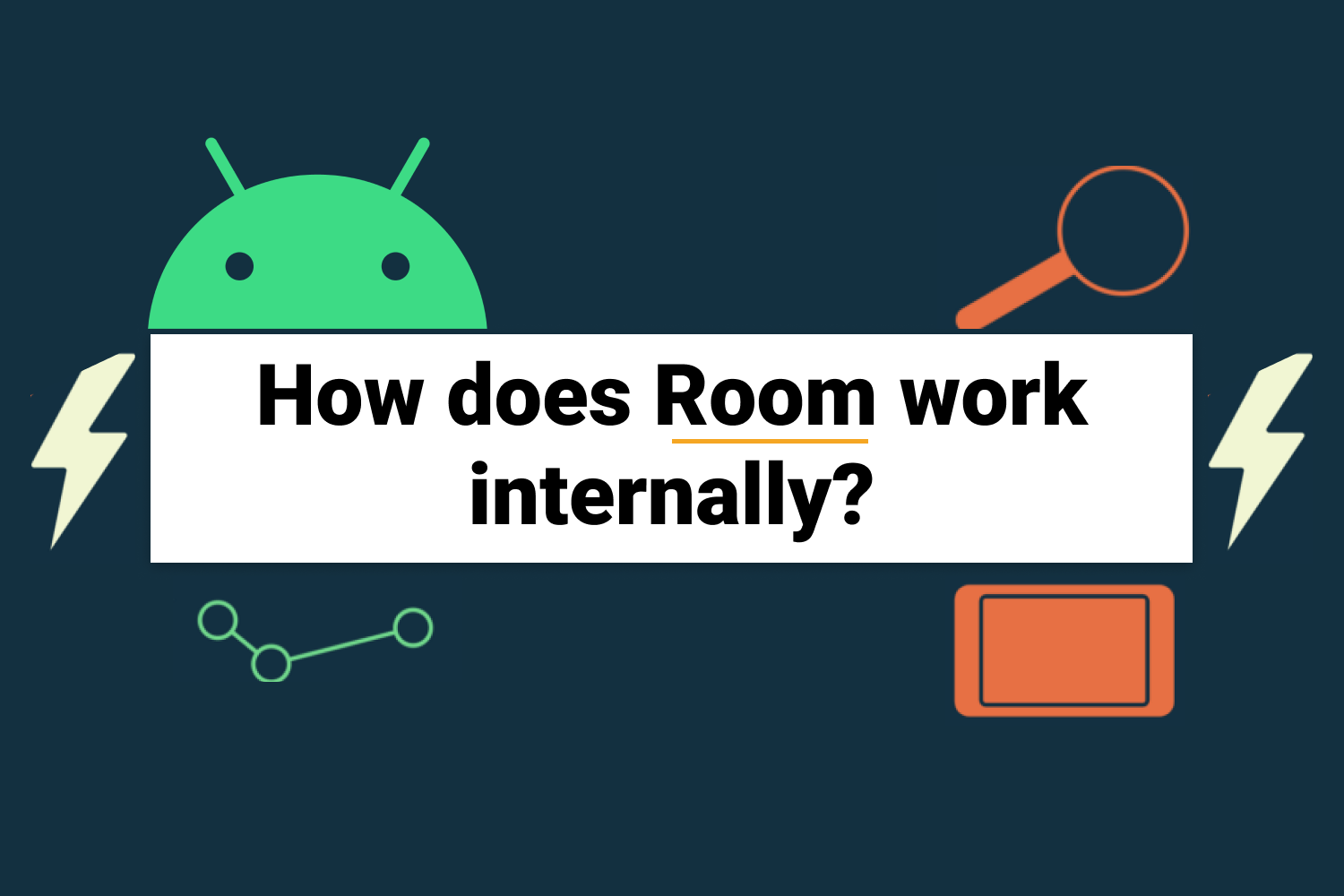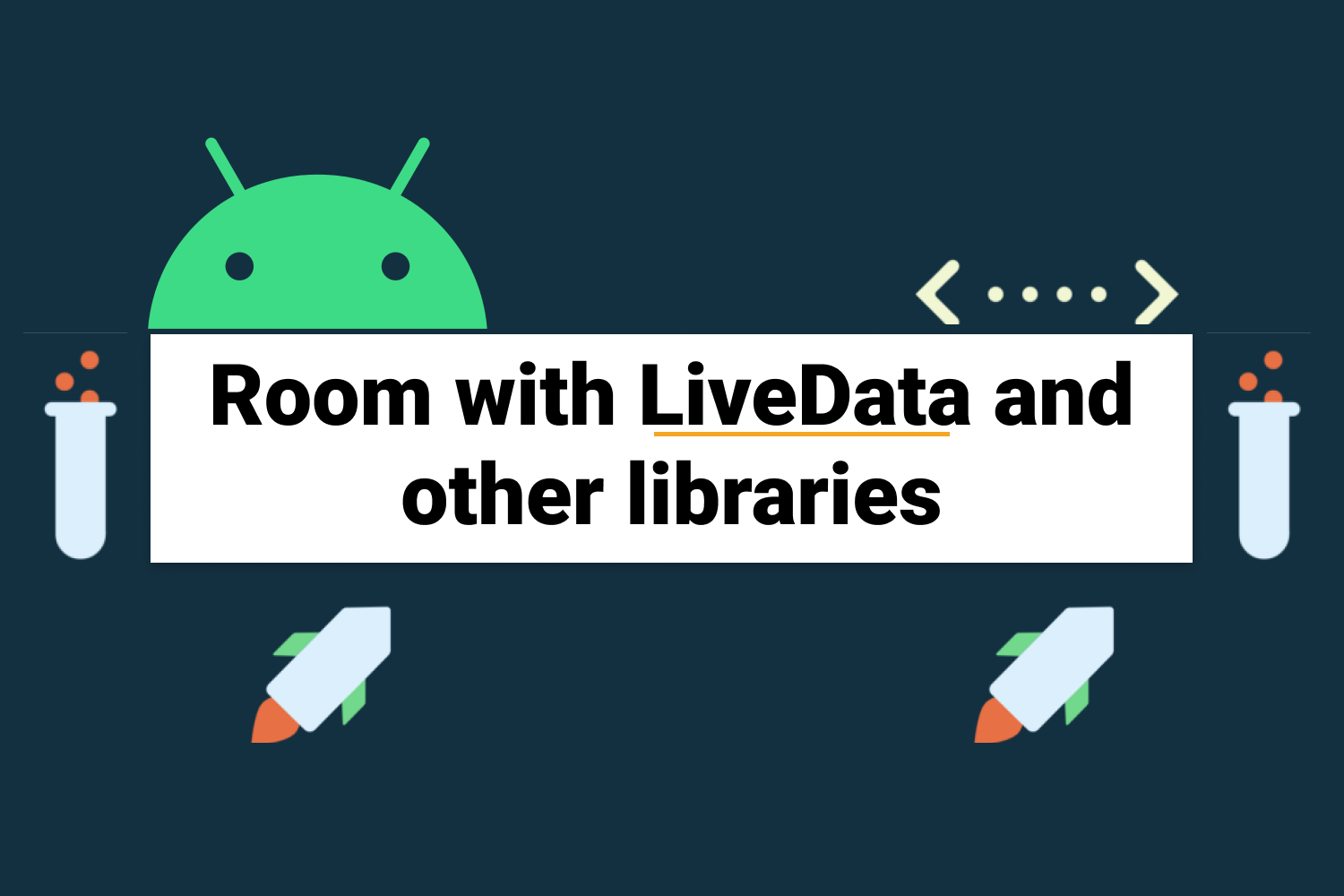Entity Relationship in Room
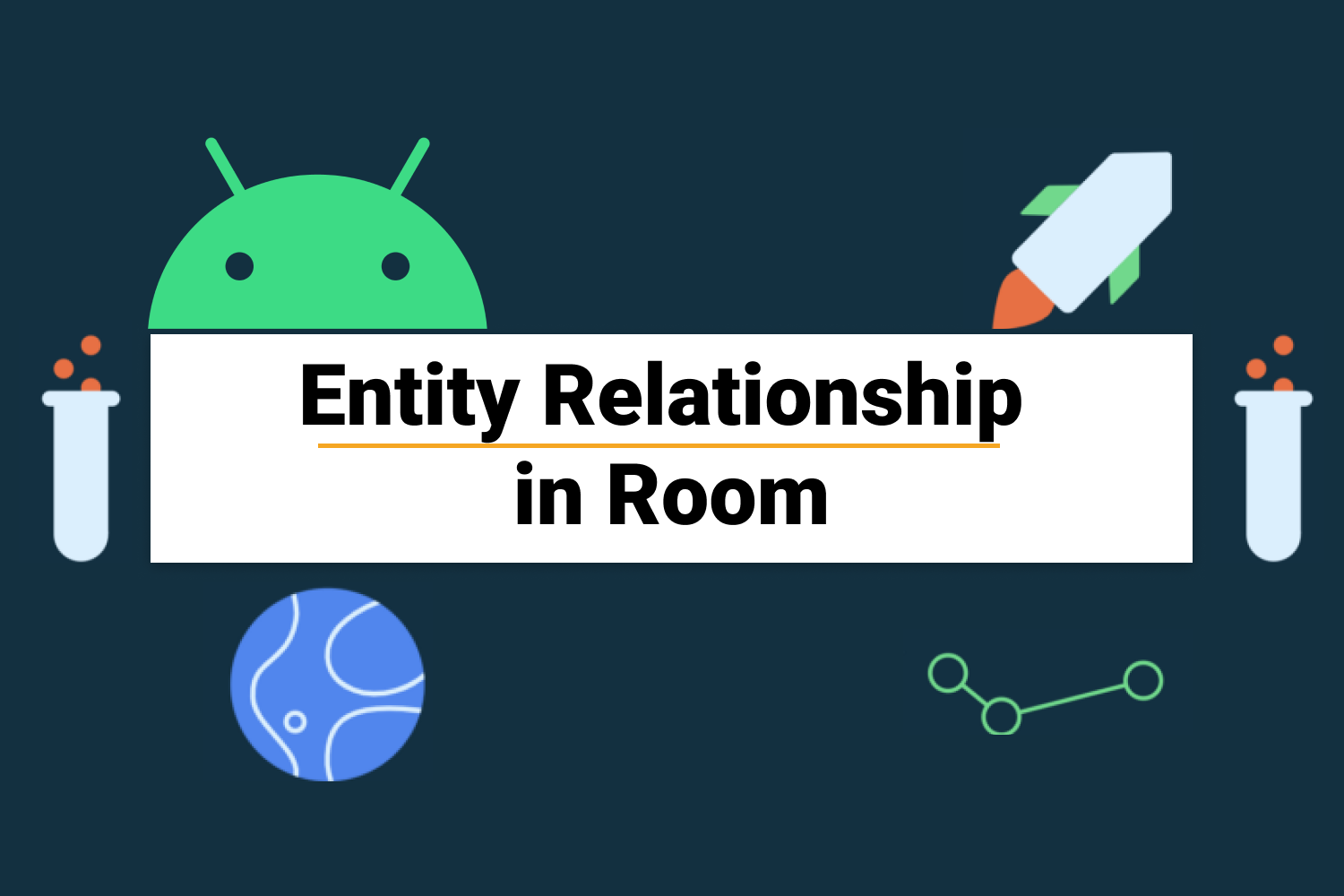
Note: This article is part of the advanced Room series which covers all the details about the Room persistence library. You can read all the articles here:
- Introduction to Room Persistent Library in Android
- Data Access Objects - DAO in Room
- Entity Relationship in Room [You are here]
- How does Room work internally?
- Room Database Migrations
- Using Room with LiveData and other third-party libraries
So, let's get started.
This article covers how we can define the relationship between entities in Room persistence library.
Since SQLite is a relational database, entities can have relationships between them. In Room, entities cannot directly reference other entities because it might cause loading unnecessary data every time.
Still, sometimes, you would want to reference other entities from your entity. You can achieve this in multiple ways.
Embedded Objects
You can use the
annotation to represent an object that you'd like to decompose into its subfields within a table(entity). You can then query the embedded fields just as you would for other individual columns.
@Embedded
Embedded fields can also include other embedded fields.
data class Address(
val street: String?,
val state: String?,
val city: String?,
val postCode: Int
)
@Entity
data class User(
@PrimaryKey val id: Int,
val firstName: String?,
@Embedded val address: Address?
)
The table representing a
object then contains columns with the following names:
User
,
id
,
firstName
,
street
,
state
, and
city
.
postCode
If an entity has multiple embedded fields of the same type, you can keep each column unique by setting the
prefix
property. Room then adds the provided value to the beginning of each column name in the embedded object.
In the above example, fields of an object are decomposed into an entity. In case you want to represent relationship between multiple entities, you cannot use the
annotation.
@Embedded
You can use either
annotation or
@Relation
parameter of @Entity annotation for defining the relationship between two entities.
foreignkeys
Both of them are different from each other in such a way that
annotation can only be applied on a non-entity class whereas
@Relation
is used on an entity class. Also,
ForeignKey
affects the schema of an entity that requires that the child column(s) exist in the parent column(s).
ForeignKey
is used to join the tables without affecting the schema of tables.
@Relation
You can define the relationship between entities in 3 ways:
- One-to-one relationship
- One-to-many relationship or Many-to-one relationship
- Many-to-many relationship
One-to-one relationships
A one-to-one relationship between two entities is a relationship where each instance of the parent entity corresponds to exactly one instance of the child entity, and vice-versa.
For example, consider a music streaming app where the user has a library of songs that they own. Each user has only one library, and each library corresponds to exactly one user.
@Entity
data class User(
@PrimaryKey val userId: Long,
val name: String,
val age: Int
)
@Entity(foreignKeys = @ForeignKey(entity = User.class,
parentColumns = "userId",
childColumns = "userOwnerId",
onDelete = CASCADE))
data class Library(
@PrimaryKey val libraryId: Long,
val title: String,
val userOwnerId: Long
)
data class UserAndLibrary(
@Embedded val user: User,
@Relation(
parentColumn = "userId",
entityColumn = "userOwnerId"
)
val library: Library
)
In the above example,
and
User
are the entities which have a
one-to-one relationship.
One of the entities must include a variable that is a reference to the primary key of the other entity(
Library
in
userOwnerId
entity).
Library
In order to query the list of users and corresponding libraries, we must first model the one-to-one relationship between the two entities, which is done using
UserAndLibrary
class. The
UserAndLibrary
class contains an instance of the parent entity(
) and the corresponding instance of the child entity(
User
). Then, add the
Library
annotation to the instance of the child entity, with
@Relation
set to the name of the primary key column of the parent entity and
parentColumn
set to the name of the column of the child entity that references the parent entity's primary key.
entityColumn
Now we can query our database in the following way:
@Transaction
@Query("SELECT * FROM User")
fun getUsersAndLibraries(): List<UserAndLibrary>
This method requires Room to run two queries, so add the
@Transaction
annotation to this method to ensure that the whole operation is performed atomically.
One-to-many relationships
A one-to-many relationship between two entities is a relationship where each instance of the parent entity corresponds to zero or more instances of the child entity, but each instance of the child entity can only correspond to exactly one instance of the parent entity.
In the previous music streaming app example, a
can have multiple playlists. Each user can create as many playlists as they want, but each playlist is created by exactly one user.
User
@Entity
data class User(
@PrimaryKey val userId: Long,
val name: String,
val age: Int
)
@Entity(foreignKeys = @ForeignKey(entity = User.class,
parentColumns = "userId",
childColumns = "userCreatorId",
onDelete = CASCADE))
data class Playlist(
@PrimaryKey val playlistId: Long,
val userCreatorId: Long,
val playlistName: String
)
data class UserWithPlaylists(
@Embedded val user: User,
@Relation(
parentColumn = "userId",
entityColumn = "userCreatorId"
)
val playlists: List<Playlist>
)
As we can see, the approach is very similar to
one-to-one relationship,
the only difference here is in the relationship model(
). Instead of containing a single child entity, it now contains a list of child entity. Querying the database is also very similar.
UserWithPlaylists
@Transaction
@Query("SELECT * FROM User")
fun getUsersWithPlaylists(): List<UserWithPlaylists>Many-to-many relationships
A many-to-many relationship between two entities is a relationship where each instance of the parent entity corresponds to zero or more instances of the child entity, and vice-versa.
In the music streaming app example, each playlist can include many songs, and each song can be a part of many different playlists. Therefore, there should be a many-to-many relationship between the
entity and the
Playlist
entity.
Song
Many-to-many relationships are distinct from other relationship types because there is generally no reference to the parent entity in the child entity. Instead, a third class is used to represent an associative entity (or cross-reference table) between the two entities. The cross-reference table must have columns for the primary key from each entity in the many-to-many relationship represented in the table.
@Entity
data class Playlist(
@PrimaryKey val id: Long,
val playlistName: String
)
@Entity
data class Song(
@PrimaryKey val id: Long,
val songName: String,
val artist: String
)
@Entity(primaryKeys = ["playlistId", "songId"],
foreignKeys = {
@ForeignKey(entity = Playlist.class,
parentColumns = "id",
childColumns = "playlistId"),
@ForeignKey(entity = Song.class,
parentColumns = "id",
childColumns = "songId")
}))
data class PlaylistSongCrossRef(
val playlistId: Long,
val songId: Long
)Now, the next step depends on how you want to query these related entities.
-
If you want to query
playlists
and a list of the corresponding
songs
for each playlist, create a new data class that contains a single
PlaylistSong -
If you want to query
songs
and a list of the corresponding
playlists
for each, create a new data class that contains a single
SongPlaylist
In either case, model the relationship between the entities by using the
property in the
associateBy
@
annotation in each of these classes to identify the cross-reference entity providing the relationship between the
Relation
entity and the
Playlist
entity.
Song
data class PlaylistWithSongs(
@Embedded val playlist: Playlist,
@Relation(
parentColumn = "playlistId",
entityColumn = "songId",
associateBy = @Junction(PlaylistSongCrossRef::class)
)
val songs: List<Song>
)
data class SongWithPlaylists(
@Embedded val song: Song,
@Relation(
parentColumn = "songId",
entityColumn = "playlistId",
associateBy = @Junction(PlaylistSongCrossRef::class)
)
val playlists: List<Playlist>
)Querying the database is similar to the previous approaches.
@Transaction
@Query("SELECT * FROM Playlist")
fun getPlaylistsWithSongs(): List<PlaylistWithSongs>
@Transaction
@Query("SELECT * FROM Song")
fun getSongsWithPlaylists(): List<SongWithPlaylists>This is all about Entity Relationship in Room. Hope you enjoyed this blog. In the next blog, we are going to learn How does Room work internally?
You can also connect with me on LinkedIn , Twitter , Facebook and Github .
Thank You!!!

